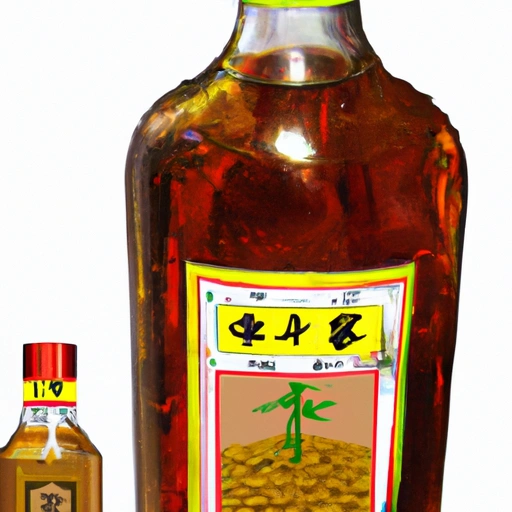Chinese Rice Wine
Description

Chinese rice wine, known as liaojiu or mi jiu, is a traditional alcoholic beverage made from fermented glutinous rice or millet. With an alcohol content ranging from 12 to 20 percent, it is similar in nature to sake, the Japanese rice wine. However, Chinese rice wine boasts a unique flavor profile that is slightly sweet, with a rich and aromatic complexity that enhances a variety of dishes.
Conventional units of measure for liquids like Chinese rice wine in recipes include milliliters (mL), liters (L), teaspoons (tsp), tablespoons (tbsp), fluid ounces (fl oz), cups (c), pints (pt), quarts (qt), and gallons (gal). When following a recipe, it is essential to be aware of these units to ensure consistency and accuracy, especially when transitioning between metric (azjan) and imperial (American, European) systems.
Common uses
Chinese rice wine is commonly used as a cooking ingredient, where it imparts a subtle sweetness and depth of flavor. It is also used for sipping and as an offering in traditional rituals.
Nutritional value
Calories
Chinese rice wine typically contains approximately 100 to 150 calories per 100 mL serving.
Protein
It contains trace amounts of protein.
Fat
Chinese rice wine is generally fat-free.
Carbohydrates
It has about 5 to 10 grams of carbohydrates per 100 mL, largely from the sugars produced during fermentation.
Vitamins
While not a significant source of vitamins, it may contain small amounts of B-vitamins.
Minerals
Mineral content in Chinese rice wine is minimal, but it may contain traces of potassium and magnesium.
Health benefits
When consumed in moderation, Chinese rice wine has potential health benefits, such as promoting better digestion and providing a small dose of beneficial amino acids from the fermentation process.
Potential risks
Overconsumption of alcoholic beverages, including Chinese rice wine, can lead to health risks such as liver disease, addiction, and negative interactions with medications.
Common recipes
Chinese rice wine is an ingredient in many Asian recipes, including marinades, sauces, and soups. It is also used to remove strong odors from meats and seafood.
Cooking methods
It can be used in stir-frying, steaming, and braising, adding complexity and flavor to dishes.
Pairing with other ingredients
Chinese rice wine pairs well with soy sauce, ginger, garlic, and star anise, among other spices.
Summary
Chinese rice wine is a versatile and flavorful ingredient, deeply rooted in the culinary history of China. Its application in cooking enhances a wide array of dishes, making it an essential component in Asian cuisine. With its aromatic profile and potential health benefits, it continues to be a popular choice both in traditional and modern recipes.